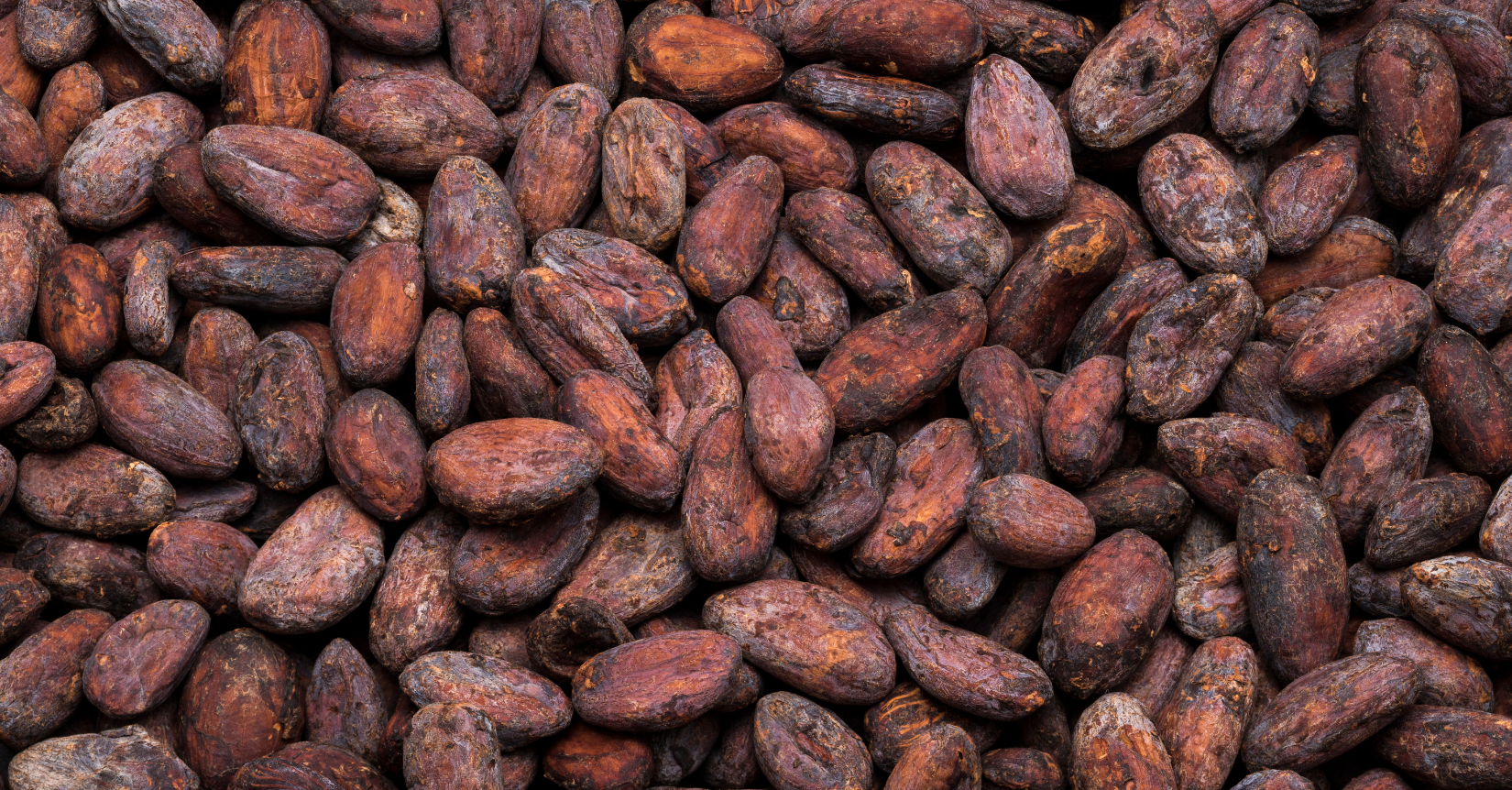June 18, 2025 – Market Analysis
After months of extreme volatility, cocoa markets are entering a period of relative stability, but traders are now grappling with a new challenge: the risk that improving rainfall in West Africa could swing from solution to problem.
Market stabilization after volatile period
Cocoa futures have settled into a more predictable trading pattern following the dramatic price swings that characterized earlier months. New York cocoa futures peaked at $10,259 on June 6, while London reached £6,837 the same day, before both markets pulled back on improved weather conditions.
As of today, London cocoa stands at £6,428 and New York at $9,943, representing a notable compression in daily volatility compared to the extreme movements seen in recent months.
Rainfall: from savior to potential threat
The primary driver of recent market stability has been improved rainfall across key growing regions in Côte d’Ivoire and Ghana. While initially welcomed as relief from drought concerns, the pendulum may be swinging too far in the opposite direction.
Côte d’Ivoire, the world’s largest cocoa producer, has recorded 30-day rainfall totals now well above average and approaching the high end of historical ranges. The pattern is particularly pronounced along the coast, where totals are nearing levels that caused extensive crop losses in 2023.
Ghana is showing similar trends, with several inland regions reporting rainfall totals exceeding 300mm in recent weeks. The developing pattern bears concerning similarities to 2023, when excessive precipitation led to significant production disruptions.
Supply fundamentals show mixed signals
Despite weather concerns, some supply metrics remain relatively positive:
- Cocoa arrivals at Ivory Coast ports reached 1.661 million metric tons by June 15, marking a 5.7% increase compared to the same period last season
- Ghana’s graded and sealed cocoa purchases hit approximately 589,000 metric tons by June 5, representing a substantial 42% year-over-year increase
However, the pace of arrivals has begun to slow, with weekly figures dropping compared to previous periods.
Physical market dynamics
The physical cocoa market continues to reflect cautious sentiment among buyers. European bean differentials have seen minor adjustments, with small declines for major African origins, while cocoa product ratios indicate softening demand conditions.
Physical buyers remain cautious, managing high-priced inventory secured earlier in the year while showing limited interest in fresh grind-related purchases.
Technical outlook points to divergence
The technical picture reveals an interesting divergence between the two major markets:
- London (ICE EU): Maintains a bearish technical stance with prices below key moving averages
- New York (ICE US): Shows a more mixed picture, holding above technical support levels but with weakening momentum
This divergence is reflected in the current spread between the markets, highlighting different regional dynamics and trader sentiment.
What’s next for cocoa markets?
The coming weeks will be critical for cocoa price direction. While current rainfall has eased immediate supply concerns, the risk of excessive precipitation creating new problems through disease pressure and logistical disruptions is becoming the market’s primary focus.
If weather patterns stabilize, markets may continue their current sideways to slightly lower trajectory. However, any clear signs of crop damage or quality issues from excessive rainfall could quickly reverse market sentiment and provide fresh price support.
Read the full Vesper cocoa analysis for week 25 here: https://app.vespertool.com/market-analysis/2024
